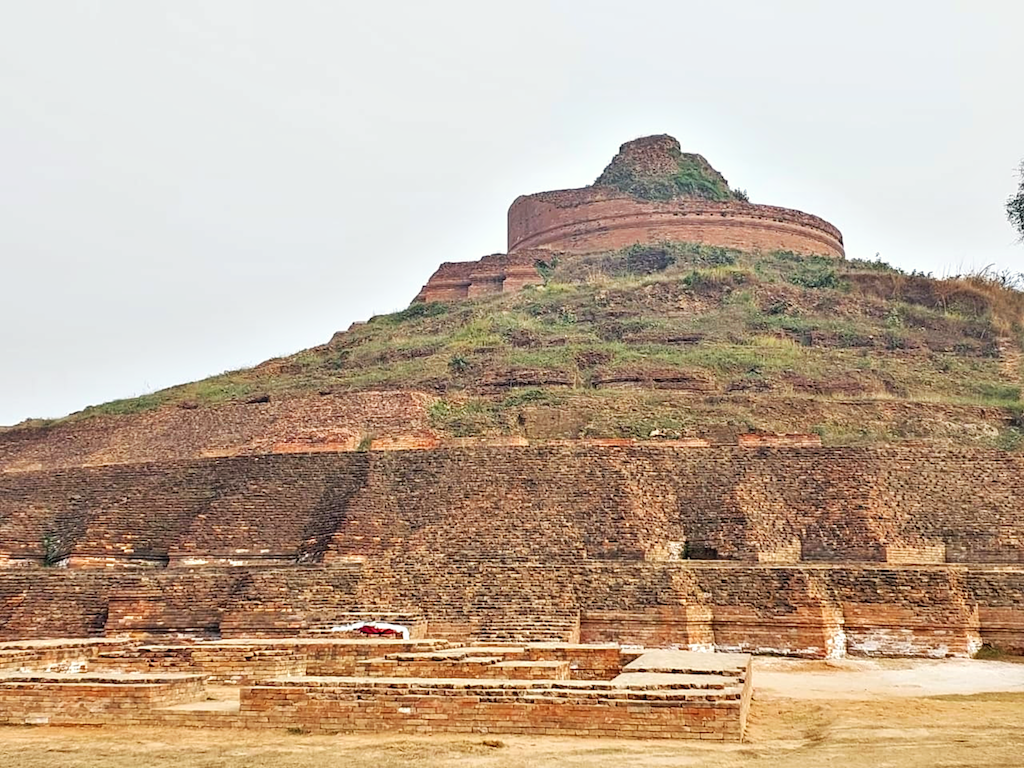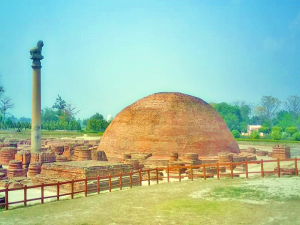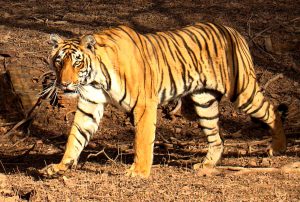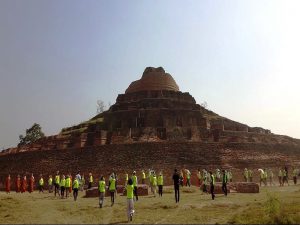Spread over an area of 898 sq. kilometers, Valmiki Nagar Forest, previously known as ‘Bhainsa Lotan’ was declared a Wildlife sanctuary in 1978. In 1990, it was turned into a national park. As per the locals, the forest was under the Bettiah and Ramnagar Raj untill 1950’s which led to the hunting of tigers and their numbers falling rapidly.
With the declaration of the forest as the tiger reserve, the conservation efforts began. Until 2018, there were around 40 tigers in the reserve and their numbers have been growing with each passing year. With the help of the administration, the area has been strategically developed as a tourist spot and transformed into a quirky destination for adventure tourism. A Jungle Safari into the forest is one of the main attractions of the place. The Jeep Safari begins at 6.00 AM in the morning and continues till 4.30 PM in the evening. The ticket for the same can be booked online. Accommodation facilities are also provided inside the Jungle Camp. The rooms are clean, affordable and can be booked online through their website.
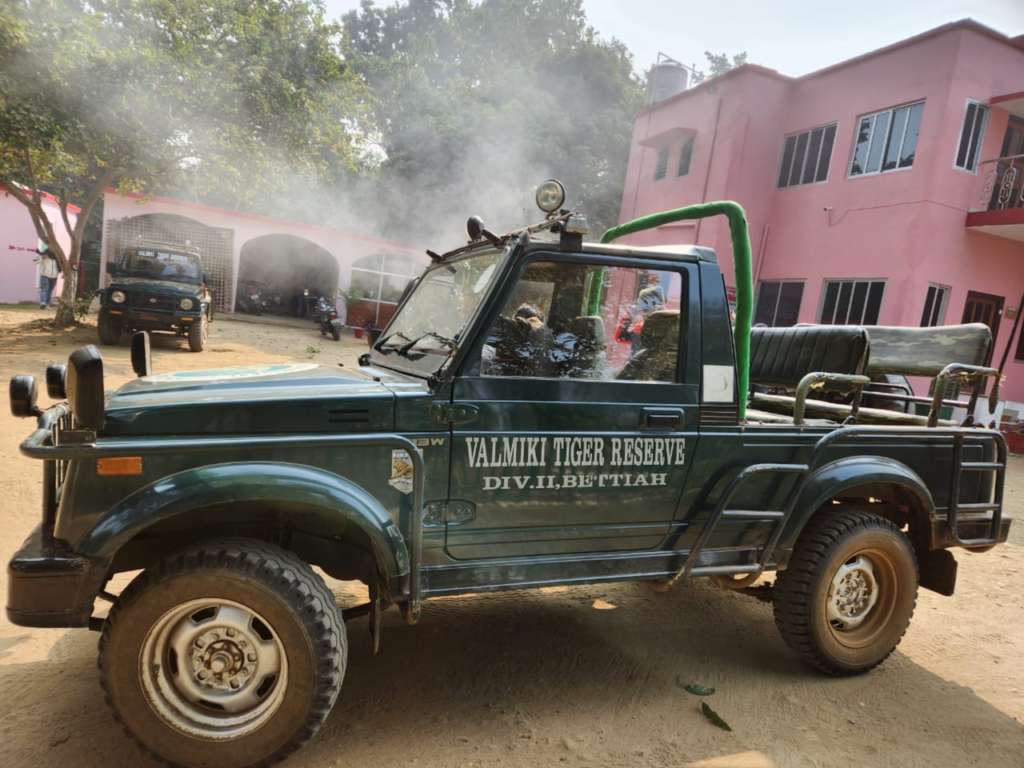
Things to do in Valmiki Nagar:
After reaching Valmiki nagar, you can plan a visit to the nearby places. take a stroll in the forest or rest in the pre-booked cottages inside the jungle camp.
1. Valmiki nagar jeep safari
2. Valmiki ashram
3. Boating on River Gandak
4. Kauleshwar Jhoola
5. Eco Park
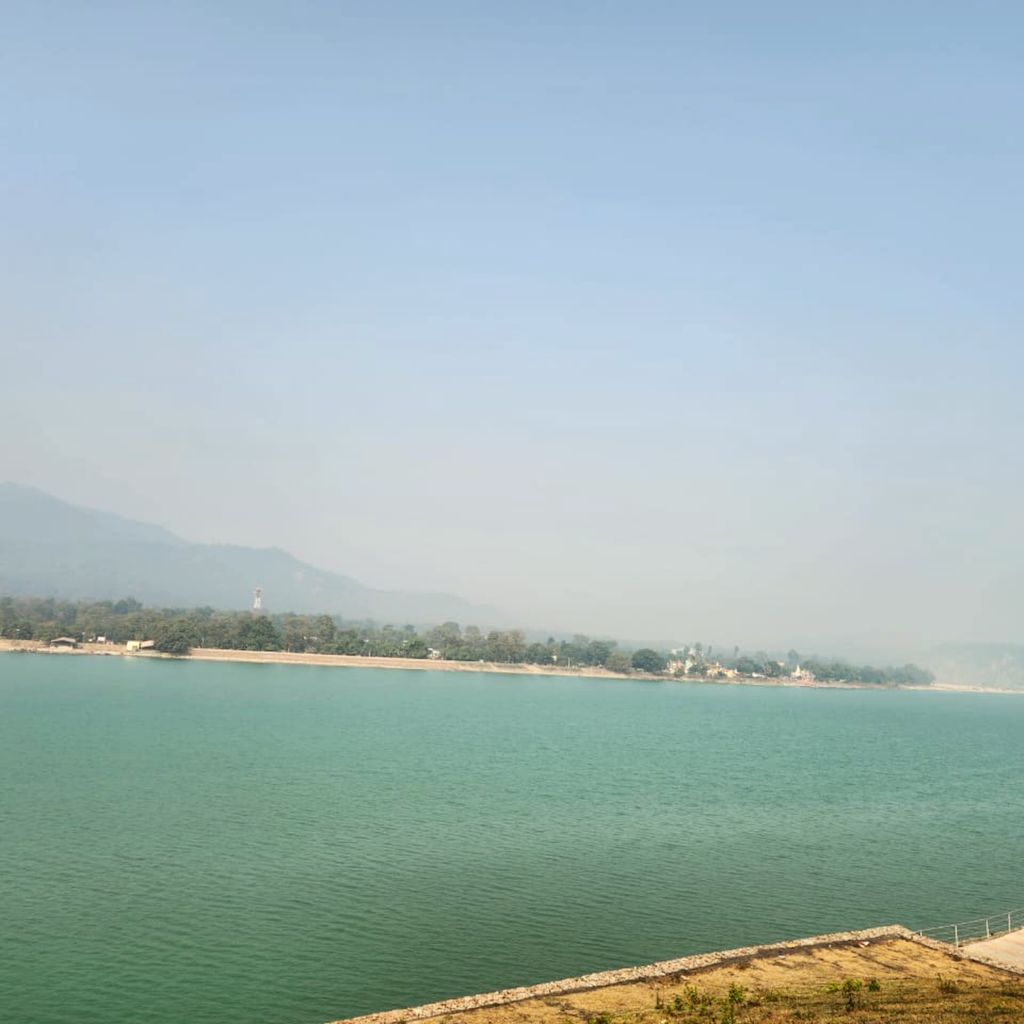
How to reach Valmiki Nagar?
Valmiki Nagar Tiger Reserve popularly known as VTR lies is in the district of West Champaran, in the northern part of the state of Bihar. It is approximately 300 kms from Patna. It takes around 7 hours to reach your destination by road and so, it is recommended to start early to make full use of the day. The roads are in good condition and there are plenty of line hotels to stop over for refreshments.
What places can you visit en route to Valmiki Nagar Tiger Reserve?
- Kesariya Stupa: One of the most historic sites that must be visited while travelling to VTR is the Kesariya Stupa. Located 110 kms (about 68.35 mi) from Patna in the district of East Champaran, Kesariya is the highest stupa in India with a height of 104 ft. It shares many architectural similarities with Borbudur, the Buddhist temple in Indonesia. The Stupa is believed to be inaugurated during Buddha’s time. It houses the alms bowl of the Buddha given by him to his followers. Excavations conducted by Alexandar Cunningham indicates that the origin of the stupa dates to the period of Ashoka.
2. Ashoka Pillar, Areraj: One of the pillars of Ashoka lies in Areraj in the East Champaran district of Bihar. The capital of the pillar is missing. However, it contains six edicts of Ashoka inscribed on it which establishes it historical significance. It lies just 55 kms away from another Ashoka pillar at Lauriya.
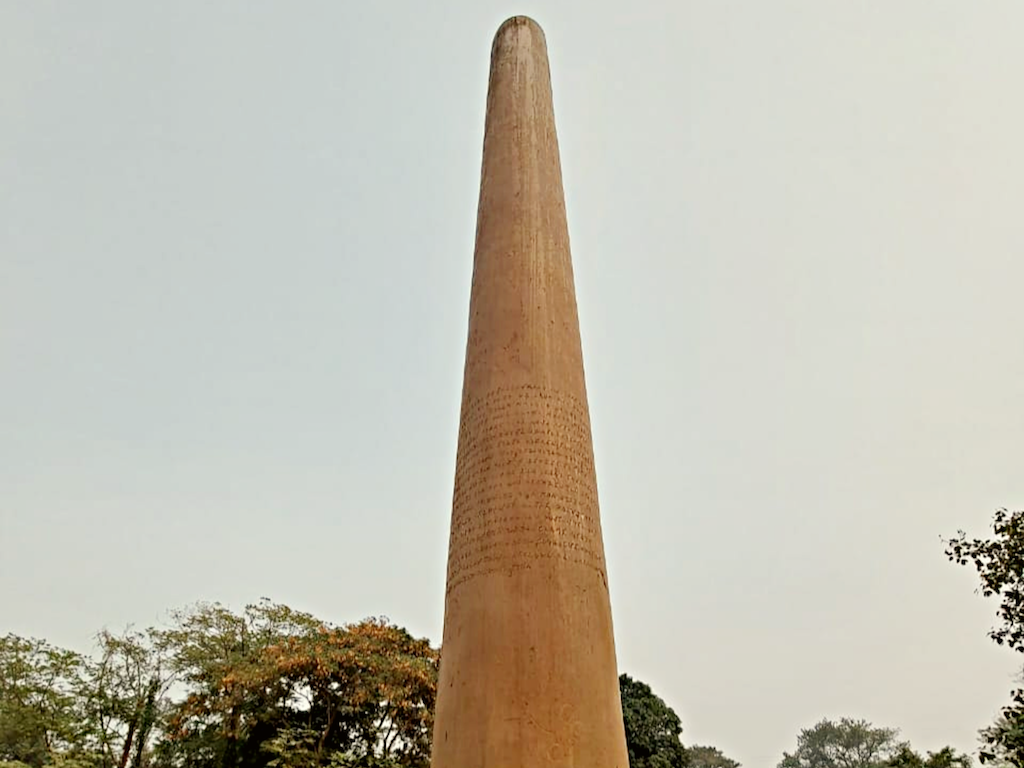
3. The pillar at Lauriya is a single block of polished sandstone about 32 ft-high. The top is bell-shaped with a Brahmi Geese supporting the statue of a lion. The pillar has inscriptions of edicts of Ashoka which is bold and clear. The village Lauriya gets its name from the word ‘Laur’ which refers to the pillar of King Ashoka.
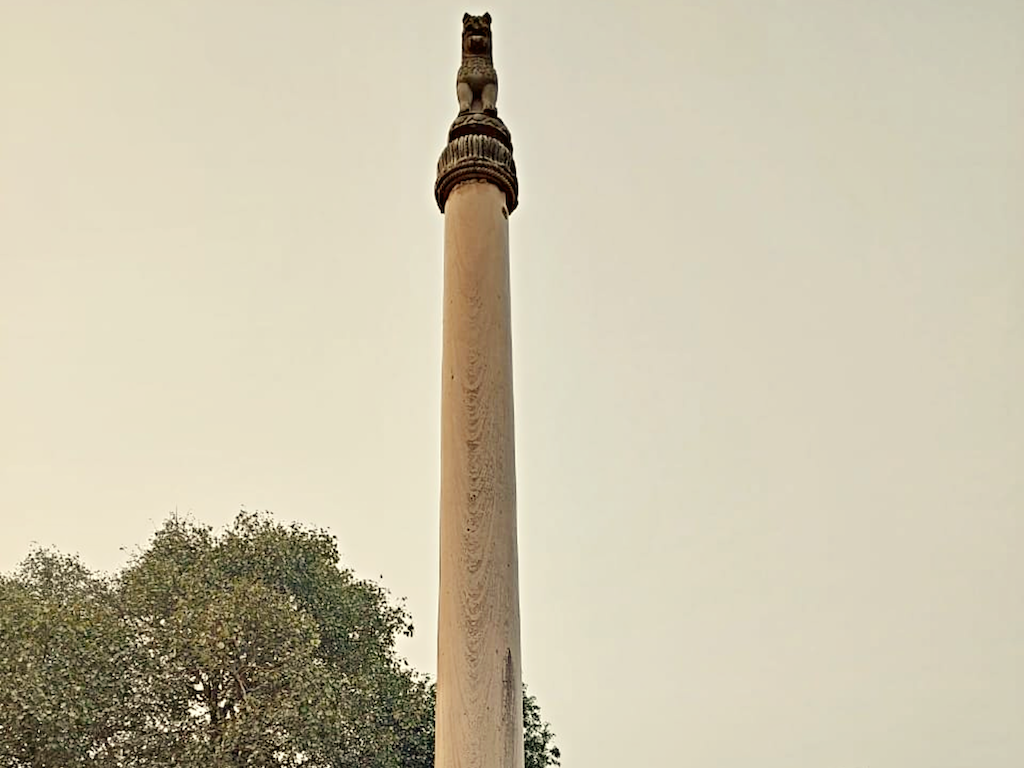
4. Lauriya Nandangarh Stupa: is a 26m elevated Stupa half kms away from the Ashoka Pillar at Lauriya The Stupa is supposed to protect the ruins of Lord Buddha.
5. Vaishali: The birthplace of Lord Mahaveer, Vaishali lies 60 kms from Patna and is a historical place. Some of the places that can be visited in Vaishali are Vishwa Shanti Stupa, Ashoka Pillar, Hariharnath temple, Buddha Relic Stupa, Abhishek Pushkarni and the archaeological museum at Vaishali.
Valmiki nagar tiger reserve is open for tourists from 1st October to 31st May. It shares its border with Nepal and there are few other attractions that can be visited in Nepal too. A plan for two nights and three days is sufficient to experience the beauty of the place and cover all the tourist attractions in the area. Other than the jungle camp, there are few hotels, and resort stays nearby which are decent, affordable and accessible. Food provided in the canteen in the jungle camp and in the hotels are made from freshly grown farm products and taste really good.
So, if you haven’t visited the place, make sure to add it in your bucket list now!

